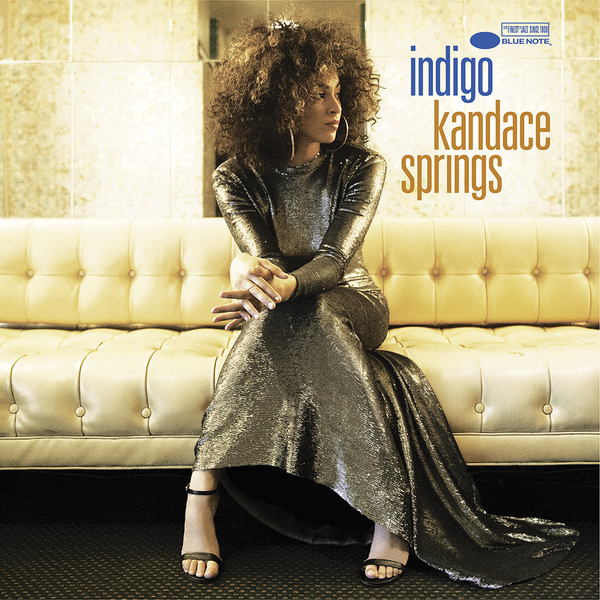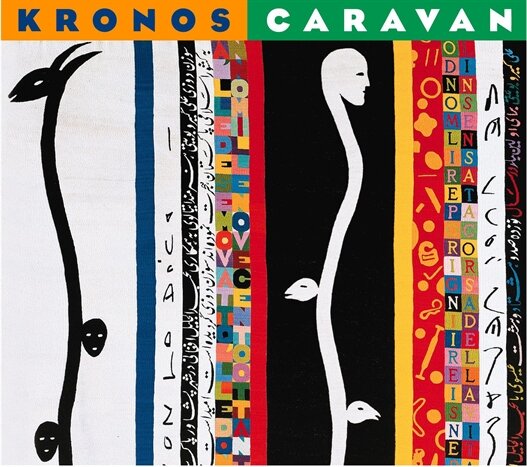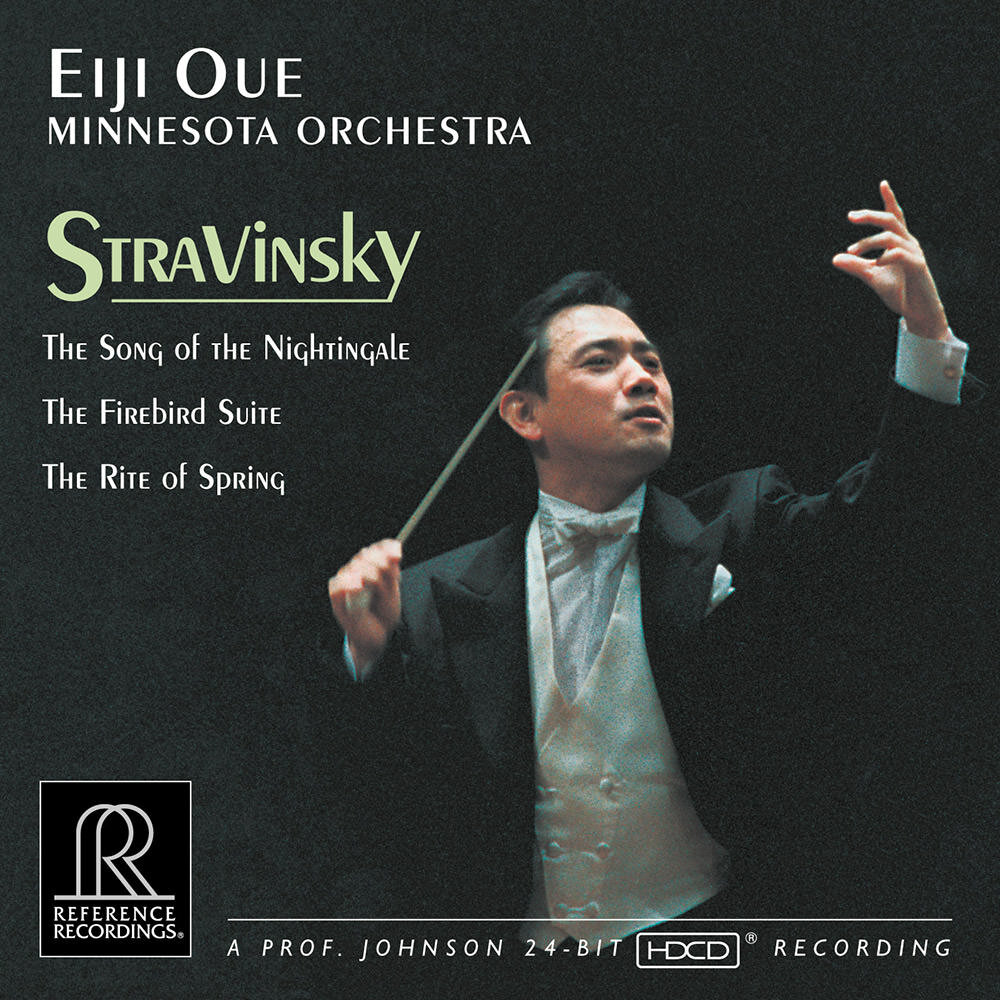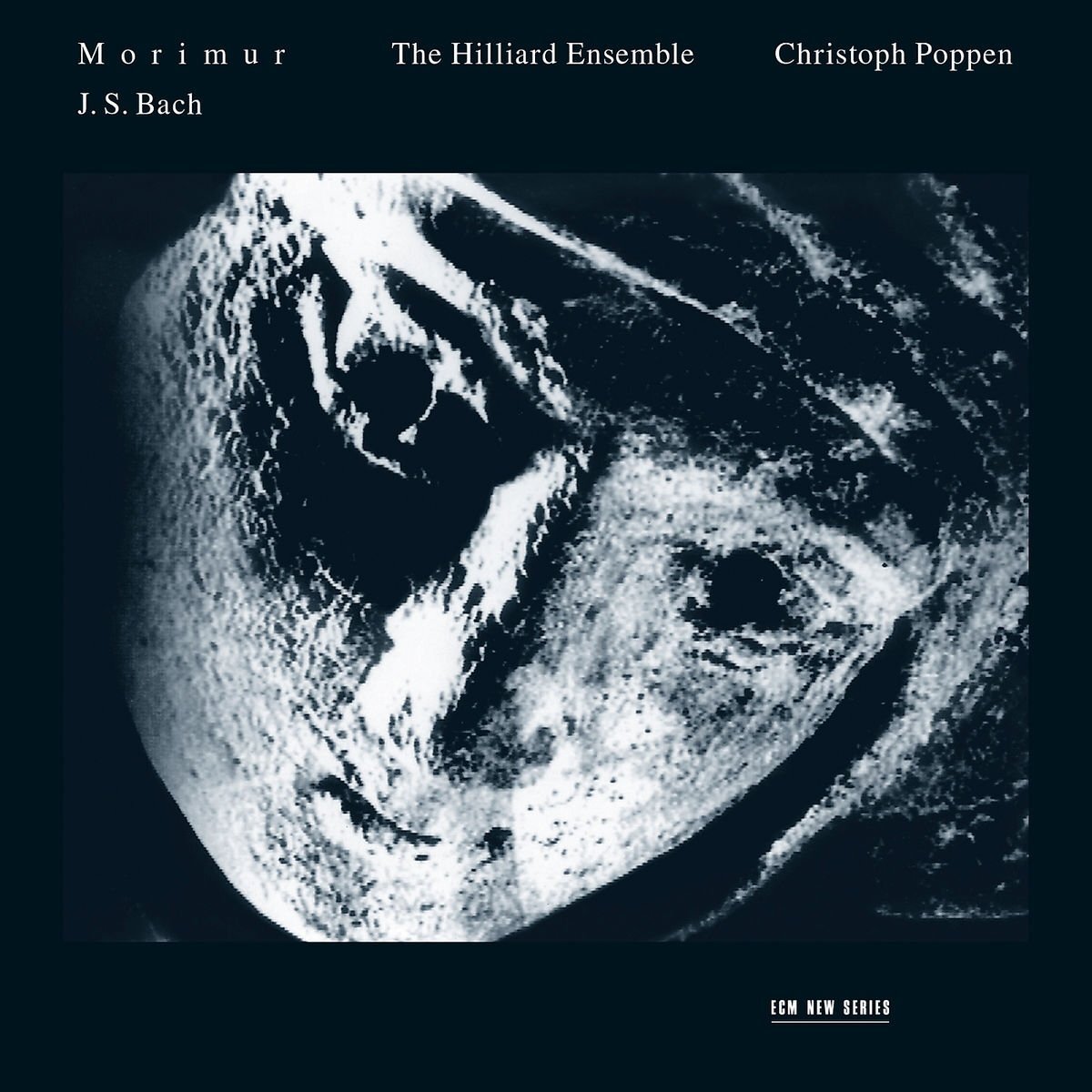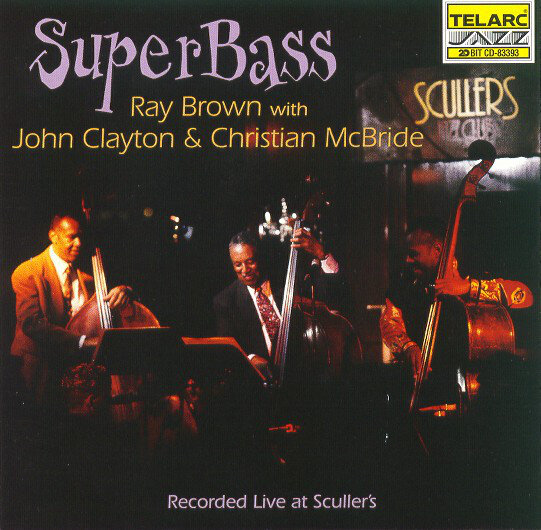TRI-ART AUDIO P-SERIES INTEGRATED - REVIEW
Exceptional Musically Environmentally Conscious Integrated/Headphone Amp!
I was unfamiliar with Tri-Art Audio, until it was brought to my attention by a friend. I immediately got the conservation approach and thought that, entirely, commendable. Tri-Art Audio produces, perhaps, one of the most demonstratively environmentally friendly components, that I’ve yet come across. This, of course, speaks to its bamboo enclosure, which is a great deal more environmentally friendly than a majority of audio products and certainly most entry-level products and this should be applauded.
Tri-Art Audio is the brainchild of Steve Ginsberg, artist and painter, and is based in Kingston, Ontario, Canada. Tri-Art Audio is unique, as mentioned above, in its use of bamboo, soaked in hemp oil, to house its electronics. Additionally, sheep’s wool is used within to dampen the internal noise, that Steve says, “is one of the main culprits of the music’s degradation.” And each of Tri-Art Audio’s components also comes with four Sorbothane® feet to defeat external resonance, kind of a one-two punch in regard to delivering a pure signal. The level of detail extends to the included components—capacitors, power supplies, etc—which are not typically found in a product at this price point, but in much more expensive products. These steps give great insight to Tri-Art Audio’s intentions with regard to fashioning an efficient, environmentally-friendly component, that is extremely quiet, exceptionally musical, and very engaging, as it will easily hold a listener’s attention, for hours on end.
When asked if there were other reasons for the bamboo than environmental conservation, Steve’s reply was, “Bamboo is dense, porous, and fast. It’s nature’s carbon fiber, but it doesn’t have the dry sound, typically, associated with carbon fiber. On the contrary it’s effortlessly musical and provides for great fidelity and microdynamics (inner detail). So our desire to do our part from a planetary perspective actually enhanced our product!”
Further, Tri-Art Audio’s down-to-earth pricing is truly a breath of fresh air. The pricing Steve says, “Is set to make our products available to Everyman/Woman, who labors with their hands—construction workers, painters, artists, etc—as they too deserve an affordable, high-end audio component.” This I also found very commendable, which as you’ll discover, is clearly backed up by how the Tri-Art Audio P-Series Integrated/Headphone Amplifier (Tri-Art P/I/HA) actually sounds.
Again, very commendable, which as you’ll discover, is clearly backed up by how the Tri-Art Audio P-Series Integrated/Headphone Amplifier (Tri-Art P/I/HA) actually sounds.
Note: The Tri-Art P/I/HA was used as a headphone amplifier in my reference systems.
REFRAIN: Unlike most reviews, this review will be non-sequential, as it will start with how the equipment actually sounds and not the process of physically “undressing” it and/or laying out its various accoutrement, specifications, etc. Think of this review then, as a non-linear movie—Memento, Kill Bill, Pulp Fiction, Eternal Sunshine of the Spotless Mind, The Queen’s Gambit, In the Shadow of the Moon, etc—that, likewise, starts at the end and winds its way to the beginning.
The Sound
Steve was absolutely right in terms of sound! In truth, I am surprised at the level of performance, the sheer amount of music that this integrated/headphone amplifier provides. It’s quite astonishing really. And its overall performance is one of “coherent synergy.” A what? Its frequency response is coherent meaning it is more of a single, woolen blanket as opposed to a quilt. And while I love quilts, my aunts and my grandmother made me some very lovely quilts, by which they are loved and still very much remembered. However, you don’t want your music to come across as, well, pieced together—non-coherent—like a quilt. You want it to be of a whole-cloth—coherent—from bass response to treble response. And the synergy part of that term, it brings everything else together—transparency resolution, clarity, musicality, PRaT—Pace Rhythm and Timing—beautifully.
The funny thing is that if your system is non-coherent, you may already be aware of it. Listen much? And when you listen is there a certain uneasiness, an almost immediate onset of listening fatigue, or is it simply un-involving? There may, of course, be other reasons contributing to this, but a lack of overall coherency is a big problem.
The Tri-Art P/I/HA Integrated will not cause any of the above anomalies—it will not put one on edge, will not drive fatigue, and it will not be un-involving. As I’ve written above, it will do the exact opposite and its coherency is one of the reasons why. The Tri-Art P/I/HA’s ability to scale to performance heights once reserved for components twice, if not three times its price (or more) is itself an attention grabber! The Tri-Art P/I/HA provides music that was not attainable at this price point, a few short years ago, and even for systems that reached into five figures! And believe me on this one, I’ve been there. There are no discernible weaknesses, no missing notes, no opacity that actually hides the music, and no digital nasties—stridency, sibilance, harshness, etc., nothing that would make you wince. This goes a long way to explaining its incredible performance as witnessed by a beguiling clarity and musicality, which together easily engage the listener like no component at its price point, in my long experience, has been able to do.
The Tri-Art Audio Integrated was partnered with the Border Patrol SE-i DAC or the DENAFRIPS Pontus II DAC, and the Shanling M8 serving as a digital streamer. The headphones used were the SIVGA PII, the MEZE 99 Classics, and the MEZE Empyrean. Cabling was ANTICABLE. Power conditioning was handled by the TORUS RM20.
Bass
Detailed. Transparent. Tight. Transient Quick. Marcus Miller’s “Power” (M2, Concord) cues and powers through with alacrity, startling transient response, and a deep well of taut, convincing bass. In the trueness of synergy, its mid-bass will always be potent, however, it will only travel to sub-bass depths with those headphones that are themselves up to task. The Tri-Art Integrated performed exceptionally well with the MEZE 99 Classic ($309) and the SIVGA PII ($399). However, when allied to the best of the best, in terms of dynamic headphones, like the MEZE Empyrean ($2999) the Tri-Art P/I/HA scaled beautifully, covered the entire frequency spectrum and all relevant criteria—dynamics, transparency, natural tone and timbre—exceptionally well. The Tri-Art P/I/HA pacing, rhythm, and timing (PRaT) is also very good! With Eiji Oui’s “V. Infernal Dance of King Kashchey” (Stravinsky, Reference Recording) depending on the headphone in question, the rendering of the lowest bass notes is thunderous and detailed and dynamically swift. And the Tri-Art P/I/HA is always incredibly resolving, spacious, and open. In truth, it was crazy good musically and may well step all over some of the entry-level brands, that we all know, that are in very wide distribution, and are highly touted. Many of these brands will not be able to hold a candle to the Tri-Art P/I/HA.
Midrange
Clear. Open. Natural. Engaging. The first thing that one notices about the Tri-Art P/I/HA is how wonderfully musical, engaging, and natural it is. It will meet you in that place, if the ancillaries are up to task, where the music is both rich and beautifully transparent, detailed and captivating. For many, it will be as comfort food to heart and soul, in the best of sense. Its musicality will wash away the grime, tumult, and craziness of the current times, while it drops shoulders, eases brows, and calls forth a deep, exhaled breath. Yeah, I know. But it’s true. Of course, listening to Voce8 and Olafur Árnalds and Ludovico Einuadi has a way of making real the “soul” part of that mix. If you’re not familiar with Voces8 and consider yourself a fan of choral music, you may wish to add a number of their CDs to your listening cue. The Tri-Art P/I/HA will not provide for a flat playback of one’s music, where all performers seem as if they are in a straight line across the stage. No the Tri-Art P/I/HA will bring depth and space between the various performers and give them form and realistic positioning both across the stage and from front to back on the stage. And at its price point this too is rather exceptional!
Treble+
Hilary Hahn’s “V. Chaconne from Partita No. 2 for Violin in D minor, BWV 1004” (The Essential Hilary, Sony Classical) cues up and the first sounds heard are a beautifully clear portrayal of the music. The tone and timbre of Hilary’s violin are rich and musical and yet there are copious amounts of detail, and a warmth, that does not, at all, diminish overall resolution! There will be many guilty pleasures of simply listening to one’s music with the Tri-Art P/I/HA, though as a reviewer, that can sometimes prove problematic, as more listening is done than note taking. It is definitely a music lover’s component. That said and as earlier mentioned great amounts of detail and microdynamics will be lifted from the background, which will help to establish where the musicians are across a given soundstage, regardless of genre. This is, of course, very helpful in an accurate portrayal of one’s music. Dave Brubeck’s “Take Five” (Time Out, Columbia-Legacy) cues up and plays and it is the same all over again. For decades I have been treated to a flat stage with this recording across many of the systems that I have owned and many of which were priced far above the Tri-Art P/I/HA. The complete system, inclusive of the Tri-Art P/I/HA, the DENAFRIPS Pontus II DAC ($1700), and the SIVGA PII headphones ($399, review soon) comes in at $3094 and it will easily challenge systems at a multiple of its price point, if not several multiples. In fact, this is a system that would easily have challenged, if not clobbered several of my earlier, mid-tier systems, which stretched from the low five figures to the mid five figures in price! Technology and innovation, it appears, scream forward.
The Wrappings and Accessories
The Tri-Art Audio P-Series Integrated comes in a large, relative to its size, nondescript, brown box. One of its sides bears the designation of, serial number, and origin of the P=Series integrated and that folks is it in terms of graphic or industrial design.
Inside the P-Series Integrated is protected by a great volume of black foam squares and numerous shredded pieces of foam and a sheet of cardboard. Its lone accessory is a power cable/adapter. And that’s it folks. No doubt, more conservation at work.
The overall design is simple, straightforward, and clean.
Design—Look and Feel
Tri-Art Audio P-Series Integrated is wrapped in a bamboo overcoat that gives it a rather grounded and warmish feel. It’s front face, which contains the various operational controls, wears a 1/8” anodized aluminum plate and sits stage right. And its back face, which houses the inputs, outputs, etc., wears the selfsame 1/8” anodized aluminum face plate. An aluminum badge sits stage left, at middle-height, upon the bamboo, with the Tri-Art Audio logo sculpted in via CNC machining. The P-Series Integrated comes with a two-button, oblong, volume-only, remote control.
Tri-Art Audio P-Series Integrated is a unique, clean, minimalist, and environmentally friendly design that absolutely works and looks rather cute.
Functionality
The Tri-Art P/I/HA is a remote controlled, thirty-five (35) watt integrated/headphone amplifier. It operates in Class D, single-ended mode and utilizes a 24 Volt DC 5 Amps external power supply.
The Tri-Art P/I/HA’s front panel from left to right features a headphone output, a volume control, an on/off toggle switch, and an input selector.
The Tri-Art P/I/HA’s rear panel from left to right features two sets of speaker binding posts, three sets of RCA stereo inputs, a power on/off button, and a jack for its external power supply.
It’s very straight forward, functionally, and can be up and running in just a few minutes. Jim Leveille of Tri-Art Audio suggests a burn-in period of several days of continuous music playback to get it all ready to go. Jim also suggests a state of ‘continuous on’ for best performance.
The Specifications
TRI-ART AUDIO P-SERIES INTEGRATED
Power: 35W per Channel Continuous @ 8Ω
Class: Class D, Single Ended
Power Supply: 24 Volt DC 5 Amps
Pre-Amp: Pre-Amp Section Shunt Resistor Design
Headphone: 6.35mm (1/4") Jack, built in Headphone Amplifier with Power Switch
Input: Three (3) Stereo RCA Inputs
Balanced: No
Output: One Stereo Gold Plated 5-Way Binding Post
Cabinet: Bamboo with 1/8” Anodized Aluminum Face Plate\
Remote: Bamboo Encased Remote Control Included
Dimensions: H: 5.5ʺ (13.97cm) L: 11.25ʺ (28.58cm) W: 6.75ʺ (17.15cm)
COMPATIBILITY (SYNERGY)
If ever there was a system that allowed one to relax into the music and allow it to beautifully wash over you with or without a libation, in a sunlit room or the still-quiet dark of one’s listening room, this is that system—Tri-Art P/I/HA, SIVGA PII, DENAFRIPS Pontus II ($3099). Though, regardless, of what system the Tri-Art Integrated was connected to it always brought the music. Isn’t that what this is all about, listening to our favorite music or newly discovered music and being wholly engaged if not enraptured by it? Yes.
Conclusion
If you’ve got the scratch—money, loot, bing-bings, dollars, coin—you may want to avoid some of those time-honored brands, whose parts are nowhere close to the parts or thought or environmentally friendly approach envisioned and employed by Tri-Art Audio in the Tri-Art P-Series Integrated/Headphone Amplifier.
It is a component made by a music lover and artist and, in truth, a visionary, who sought to provide more for the Everyman/Woman, whose hard-earned dollars deserved more, than cost-cutting topologies, inexpensive parts, and a compromised musical presence. And with access to millions of songs 24/7/365 at home, here is a solution that will provide the musical bliss that we all deserve amid these most tumultuous times.
We, AudioKeyReviews.com highly recommend the Tri-Art Audio P-Series Integrated and award it our HIGH NINES award for all around excellence in a sweet and affordable package. We suggest that it find the shortest of your short lists for adoption into your family if, of course, you are a lover of music. AKR
Pros: Incredible musicality, resolution, imaging, dynamics, and transient response.
Cons: Zero.
The Systems
1.
Roon Nucleus Plus
Border Patrol SE-i DAC
MEZE Empyrean
MEZE 99 Classics
SIVGA PII
ANTICABLES
TORUS RM20
2.
Roon Nucleus Plus
DENAFRIPS Pontus II
MEZE Empyrean
MEZE 99 Classics
SIVGA PII
ANTICABLES
TORUS RM20
THE MUSIC
The Company
Tri-Art Audio
Tri-Art P-Series Integrated ($995)
Tri-Art Audio
4 Harvey Street,
Kingston ON K7K 5B9
www.triartaudio.com










